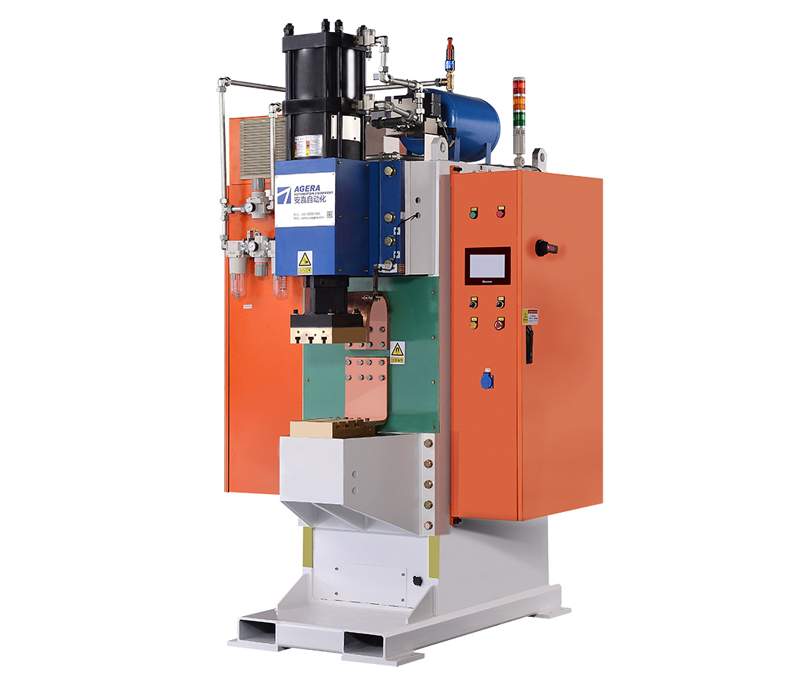Incomplete fusion is a welding defect that occurs when the weld metal fails to fuse completely with the base metal, leading to weak or inadequate weld joints. In energy storage spot welding machines, achieving full fusion is critical for ensuring the structural integrity and reliability of the welded components. This article focuses on the strategies and techniques for addressing and rectifying incomplete fusion in energy storage spot welding machines.
- Adjusting Welding Parameters: Optimizing welding parameters is essential for promoting proper fusion. Parameters such as welding current, voltage, and duration should be carefully adjusted based on the material thickness and properties. Increasing the welding current can provide more heat input and enhance fusion, while adjusting the electrode pressure can help ensure adequate contact and penetration. Finding the optimal balance of parameters is crucial for achieving complete fusion.
- Improving Material Preparation: Effective material preparation plays a significant role in achieving proper fusion. Before welding, it is essential to clean and prepare the workpiece surfaces to remove any contaminants, oxides, or coatings that can hinder fusion. Additionally, proper fit-up and alignment between the workpieces should be ensured to minimize gaps and ensure proper heat distribution during welding.
- Enhancing Joint Design: The joint design plays a crucial role in achieving complete fusion. Considerations should be given to joint geometry, including the selection of appropriate groove angles, root gaps, and edge preparations. A well-designed joint with proper access for electrode placement can facilitate better heat distribution and penetration, improving fusion quality.
- Employing Preheating Techniques: In cases where incomplete fusion persists, employing preheating techniques can be beneficial. Preheating the workpieces prior to welding helps to increase the base metal temperature, promoting better weldability and fusion. This technique is particularly useful for materials with high thermal conductivity or low heat input sensitivity.
- Utilizing Post-Weld Heat Treatment: If incomplete fusion is detected after welding, post-weld heat treatment can be employed to rectify the issue. Heat treatment techniques such as annealing or stress-relieving can be applied to the welded components to promote metallurgical bonding and improve fusion at the interface. This process helps to alleviate residual stresses and enhance the mechanical properties of the weld.
Addressing incomplete fusion in energy storage spot welding machines requires a systematic approach that includes optimizing welding parameters, improving material preparation, enhancing joint design, employing preheating techniques, and utilizing post-weld heat treatment when necessary. By implementing these strategies, operators can minimize the occurrence of incomplete fusion, ensuring strong and reliable weld joints in energy storage spot welding applications.
Post time: Jun-08-2023



